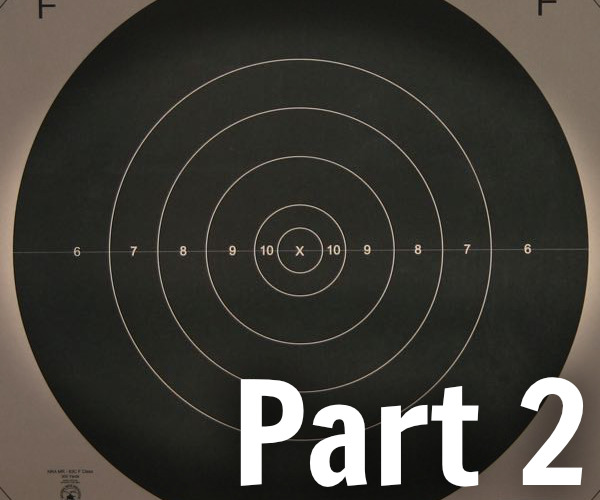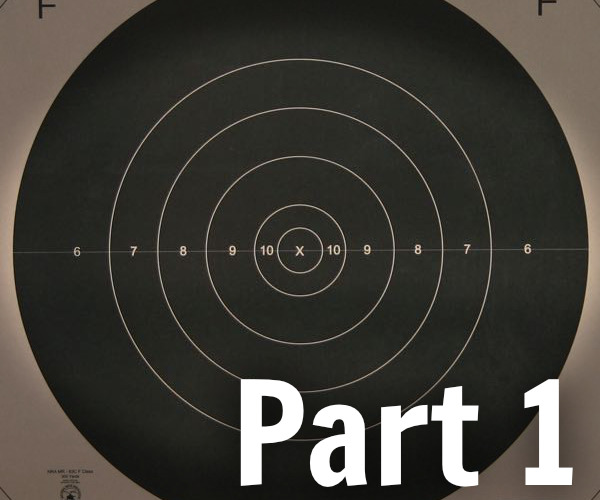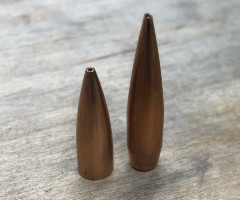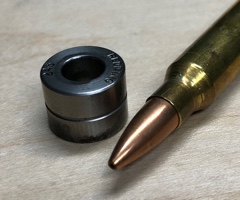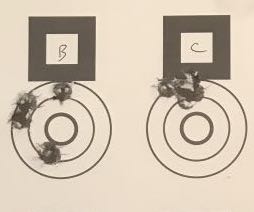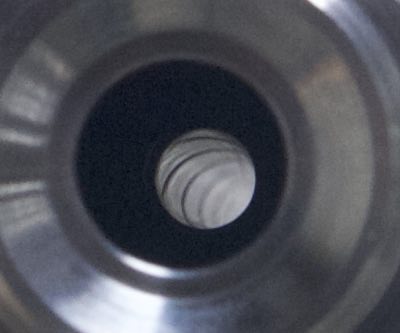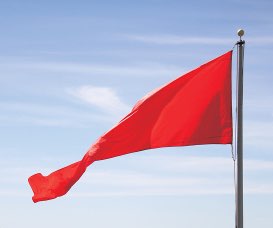Rifle Barrels: How to Choose One
By Damon Cali
Posted on April 15, 2012 at 01:05 PM
After choosing a caliber and an action for my long range prone rifle build, the next step was to pick a barrel. Making barrels is an art. A black art, possibly, given the lore that surrounds them in competitive shooting circles.
So let's start with the basics.
Material Choice
Barrels are available in a variety of materials - blued steel, stainless steel, carbon fiber wrapped composites of various flavors. And if you look hard enough I'm sure you'll find them in exotic materials like nickel based alloys or sleeved titanium.
You could write a dissertation on the material choices and how the barrel vibrations are impacted by the stiffness and weight of the various combinations. You could write another dissertation on which material will allow for the longest barrel life. And a third on the reaction to each material to the heat generated by firing.
And that's before you get to barrel coatings. The military lines barrels with chrome to increase barrel life. Competition shooters avoid this due to the extra cost and reduced consistency caused by the coating process.
Perhaps I'll delve into some of these issues in a later article, but for me, today, the answer is simple: stainless steel. Stainless is readily available, doesn't rust, and has a small advantage over blued steel in terms of barrel life (at least that's the word on the street). You'll find that the vast majority of competitive shooters agree with my choice. Some prefer the lower cost of blued steel, but it's not a terribly large difference.
Wasn't that easy?
Rifling Configuration
Like materials, rifling is available in just about any configuration you can imagine. You can find two groove barrels and three groove barrels. I think the most I've seen is eight, with the more common barrels having between four and six grooves. Likewise, the method of creating the rifling is varied - you can get button rifling, cut rifling, or hammer forged rifling. You can opt for traditional lands and grooves, or go for the exotic polygonal-shaped rifling popularized by Heckler & Koch. Or the more subtle radiuses of the "5R" rifling.
Does it matter? I don't have much reason to believe it does. Ballisticians have written that the rifling is too shallow to matter much ballistically. And if it does, that shallower rifling with fewer grooves and slower twists is better (but we're really getting into the weeds of what matters here).
I will say that a strong majority of custom barrel makers use either button or cut rifled barrels. Forging is generally reserved to mass-production.
So like the material choice, a choice of rifling was easy for me - I picked what was available: a Bartlein 5R blank. Writing this post is probably the last time I will think about it.
Twist
Twist is an important decision - probably the most important decision. Too slow a twist, and your bullets won't be stable. Too fast, and you'll needlessly sacrifice accuracy. Since I'll be shooting 115 grain 6mm slugs, I chose a reasonable 1:7.5" twist.
Length
Barrel length also matters. Longer barrels will give you more velocity than shorter barrels. For long range prone competition, that means you pretty much want the longest barrel you can get. In my case, that means 30". If you're going have to carry the rifle, you may want a shorter barrel. And watch the weight if it's a competition rig. Note that barrel vibrations are greatly impacted by the length of the barrel, although it is tough say what will happen to accuracy as you shorten or lengthen a barrel. Just something to keep in mind.
Contour
Barrels are available in a variety of contours ranging from a full cylinder to a svelte hunting contour. The obvious difference here is weight - important to competitors and hunters alike. The less obvious difference is stiffness. Now, I'm willing to bet that there is an optimum contour for a barrel of a given weight, length, caliber, cartridge, and material. I'm also willing to bet that there isn't a man alive who can tell me that that is for my rifle with certainty. So I'll be pragmatic and go with what everyone else is using - a medium Palma contour.
Does it Matter?
You may be getting the impression that I don't think barrels are particularly important. That's true, and it's not. Barrels matter a lot. But once you believe that, you've committed to getting a custom barrel from someone. What I don't think matters as much is who that someone is. Every barrel maker still in business makes a good product. To me, the differences are not big enough to matter (some avid benchresters may quibble with that - when the groups get small enough, things get near-religious). Any of the following manufacturers (listed in no particular order) should be able to provide a good barrel (and I'm sure there are more - don't take this list to be exhaustive).
- Krieger Barrels
- Shilen Rifles
- Douglas Barrels
- Hart Rifle Barels
- Bartlien
- Pac Nor Barreling
- Lilja Precision Rifle Barrels
Installation Details
To properly install a barrel, you'll need a lathe and some experience. I have neither, so I pay someone else to do it for me. I was so impressed with the machine work of my Warner Tool Company #2 rear sight that I decided to have them install my barrel as well.
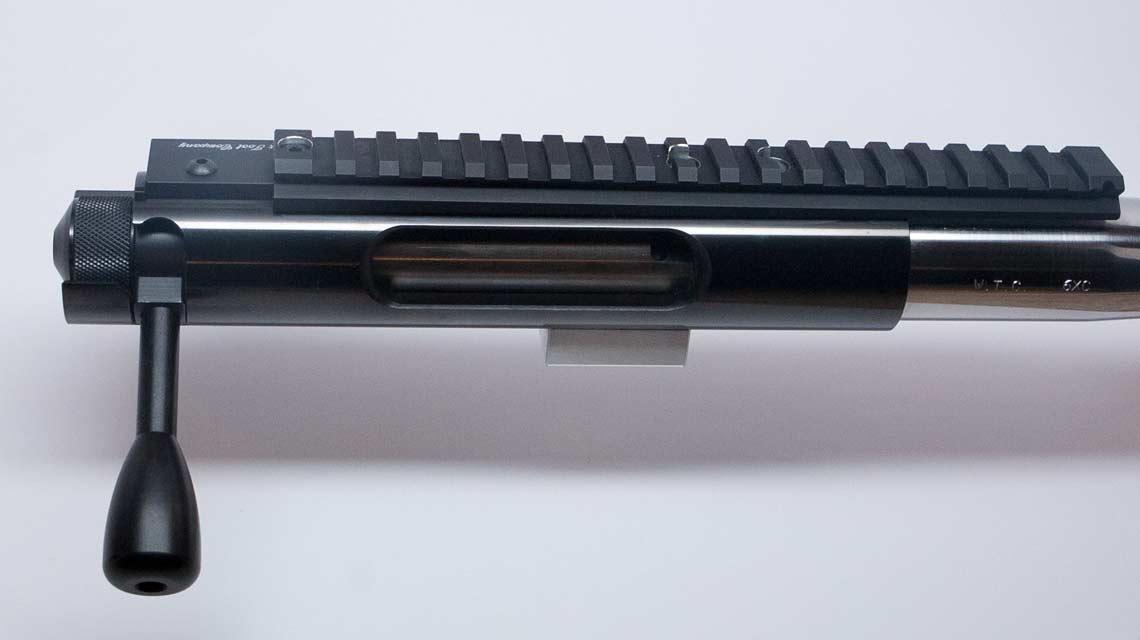

If you read my review of the Barnard Model P Action I'll be using, you saw that there were a couple of choices for a recoil lug. Warner will install a lug on the bottom of the action where the middle action screw goes. Sounded good to me, so I had them do that.

The last detail I had Warner take care of was to turn the muzzle down to 0.750" so that I could mount a front sight. More on this in a future article.
A few weeks after mailing my action to Warner, a package arrived containing my newly barreled action. The machine work did not disappoint. Looks great. Lets hope it shoots great, too!
Damon Cali is the creator of the Bison Ballistics website and a high power rifle shooter currently living in Nebraska.
The Bison Ballistics Email List
Sign up for occasional email updates.
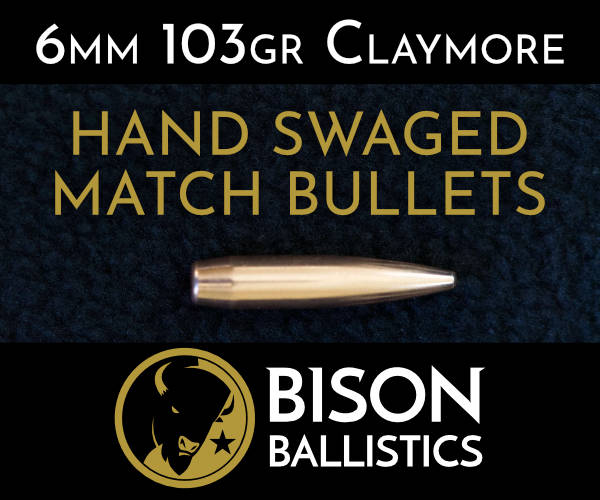
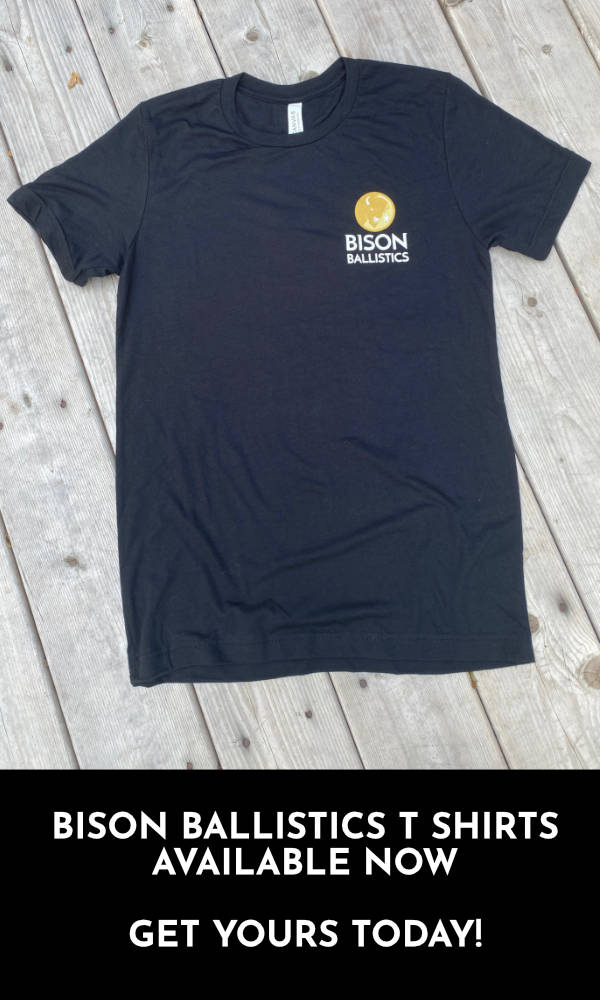
Want to Support the Site?
If you enjoy the articles, downloads, and calculators on the Bison Ballistics website, you can help support it by using the links below when you shop for shooting gear. If you click one of these links before you buy, we get a small commission while you pay nothing extra. It's a simple way to show your support at no cost to you.
